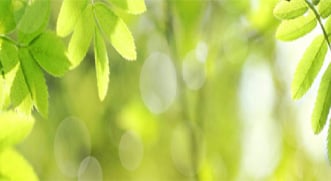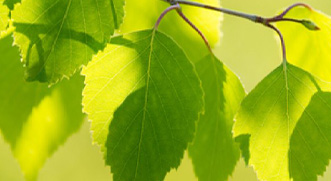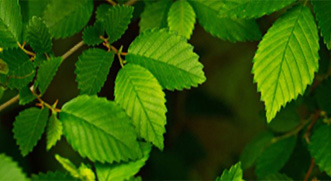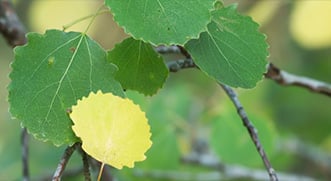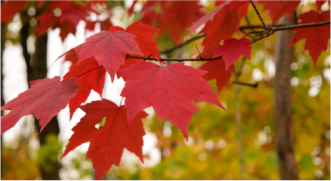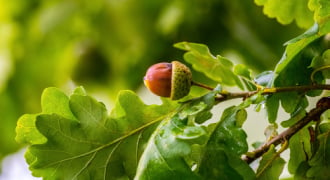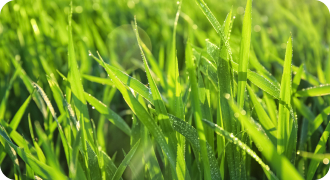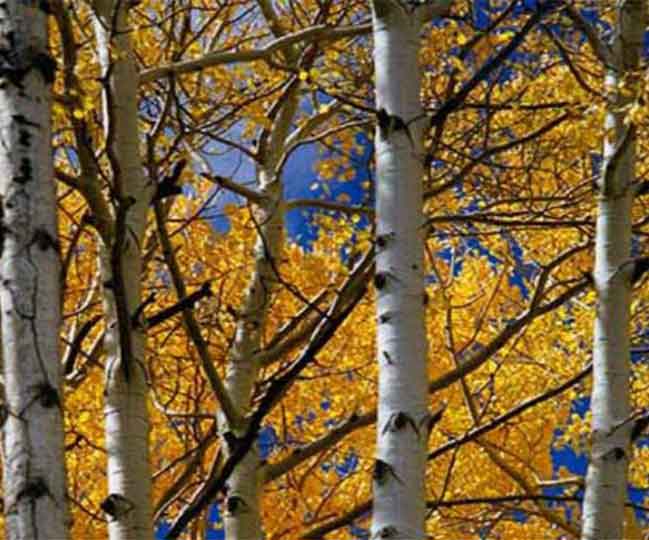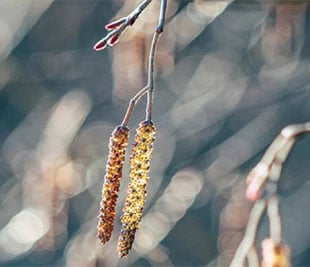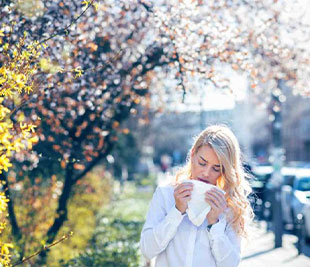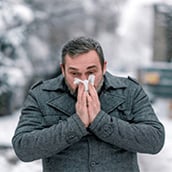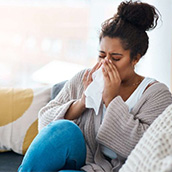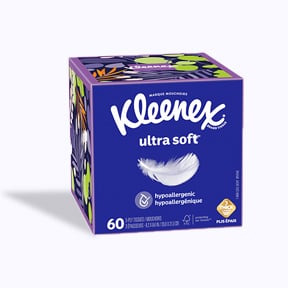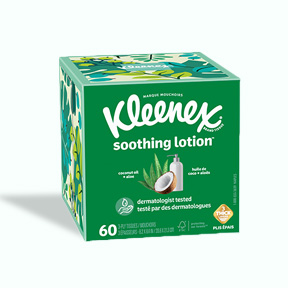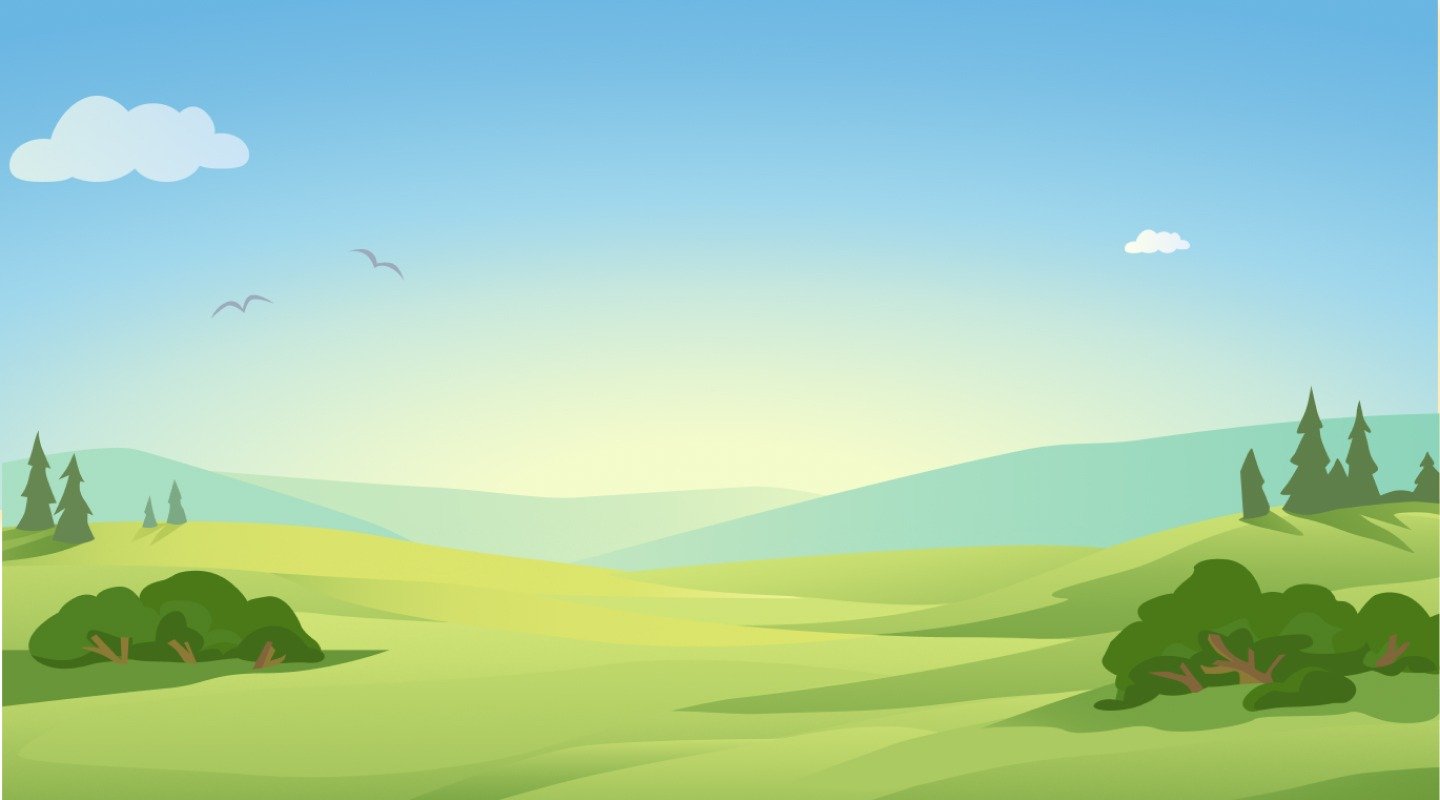


Click here to sign up for alerts
Tap here to sign up for alerts

The pollen forecast for your area
The weather forecast for your area
Discover our hay fever advice and more information about pollen in your area.

Get ahead of pollen with personalized alerts!
Sign up for pollen alertsPollen Count in Ottawa, Ontario
What is the pollen count in Ottawa today?
Want to know how many tissues to stuff in your pocket today? Your Pollen Pal can help with that. Search by postal code above for a detailed daily breakdown of the pollen count in Ottawa.
Pollen forecast for Ottawa
Track the Ottawa pollen count for the next few days using the tracker. Your Pollen Pal gives you a pollen forecast in any location across the city so you can head out to Rideau Canal or Parliament Hill safe in the knowledge that you are lowering your chances of having hay fever symptoms.
Pollen Month-by-Month in Ottawa
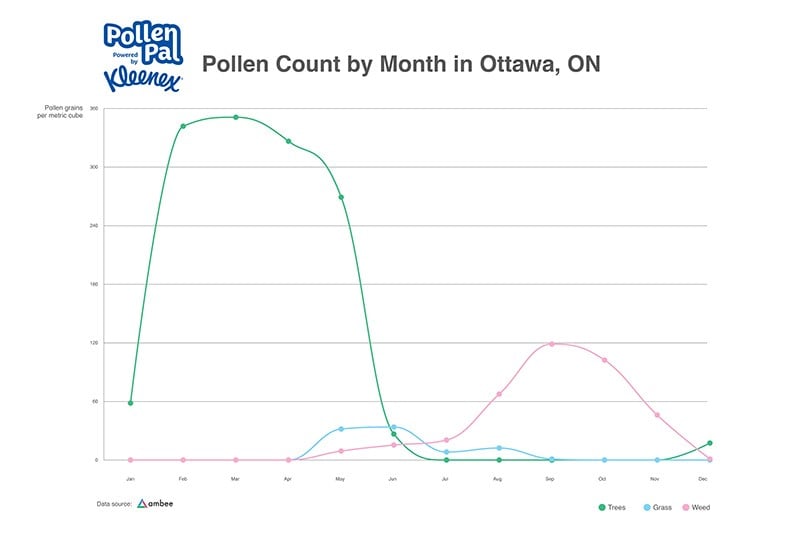
-
January
-
February
-
March
-
April
-
May
-
June
-
July
-
August
-
September
-
October
-
November
-
December
With snow covering most of Ottawa, this month has a low pollen count. Most Allergies in January are most likely mold or animal related. If you’re having a hard time distinguishing between a winter cold and hay fever check out our guide for a breakdown.
So long as the freezing temperatures continue in Ottawa, pollen rarely makes its presence felt this early in the year.
March welcomes spring and the start of tree pollen season. Trees blooming include Maples, Willows, Poplars, Oaks, Cedars, Hazels, Alders, Elms and Pines.
Kentucky grass is the first representative of grass pollen season caused by April’s spring showers. Tree pollen remains the dominant pollen producer in Ottawa during April.
Within May, Sycamore trees begin pollenating, along with Kentucky, Bermuda, Johnson, Orchard, and Timothy grasses, which spread pollen throughout the city.
By June, pines, birch and oaks are the main pollen producers, while sweet vernal begins to add its pollen to the other grasses.
In July, grass pollen is peaking in Ottawa while the majority of tree pollen production is coming to an end for another year.
The good news is that tree pollen production has peaked with the exception of a few late bloomers. For Ottawa, ragweed is now the dominant pollen producer, along with dock, nettle, mugwort and plantain.
Feel free to take a deep breath without a runny noses or itchy eyes as hay fever season is finally winding down with Ragweed on the decline. Let’s hope that the sun sticks around to make the most of it!
With any luck, the last of the weed pollen is on its way out, although some ragweed along with crab grass may hang around until the first frost of winter in Ottawa.
Enjoy the changing leaf colours without your eyes watering: November’s pollen count tends to be low, along with the temperature.
December brings the first official day of winter in Ottawa, which means traditionally low levels of pollen for the next few months.
Top Causes of Pollen in Ottawa
Trees produce pollen in Ottawa from March until July. Ottawa’s most common tree allergens are Alder, Ash, Birch, and Poplar trees1. Grass pollen is in the air from April until July as well, followed by weed pollen. Ragweed pollen is the dominant strain in Ottawa, beginning in August through September (or until cooler temperatures take over.)
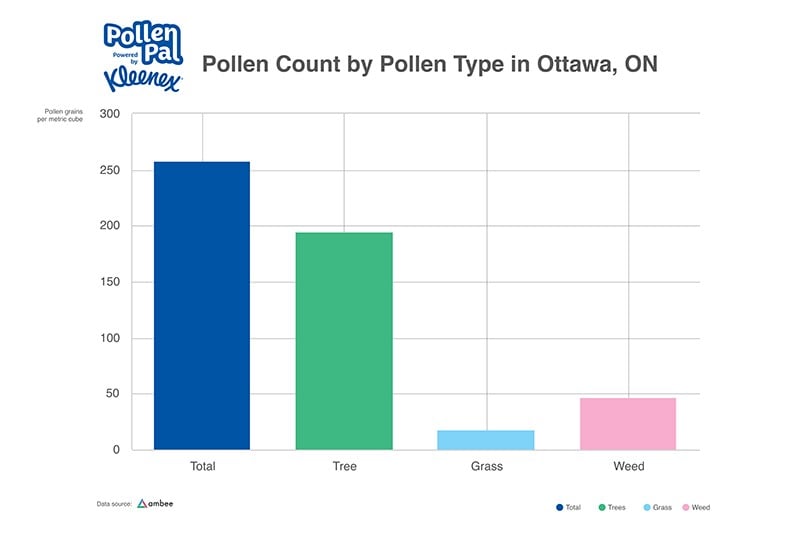
How to Stay Prepared for Ottawa’s Allergy Seasons
- To comfort your snuffy nose have a package of Kleenex® Ultra On-the-Go 3-Ply Pocket Facial Tissues ready.
- Wear sunglasses, when possible, to avoid pollen from reaching your eyes.
- As often as possible, wash your hands while out to remove pollen.
- Have petroleum jelly handy and apply around your nostrils and your upper lip to block pollen.2
- Filter the air by wearing a highly protective comfortable mask to block pollen.3
- Remove pollen by showering and changing your clothing once home.
- When in doubt try nasal breathing exercises to assist when using standard nasal sprays.4
Pollen Hotspots in Ottawa
Canada’s capital city might be buried under snow for a good part of the year but when spring comes, life blooms again across Ottawa. Unfortunately, so does pollen. Events like the Spring Tulip Festival in May might be allergy inducing due to pollen peaks. Even the popular Rideau Canal may need to be avoided at high pollen times. Check the pollen forecast to plan your trip and keep reading to find alternative activities for those hay fever inducing days.
Allergy Friendly Activities in Ottawa
Just because its hay fever season doesn’t mean you need to hide away. There are plenty of activities in and around Ottawa that can be enjoyed, pollen or no pollen. If you do want to head out into green spaces, it’s worth noting when Ottawa’s low pollen seasons are.
Cultural Sites
Naturally, as the capital of Canada, Ottawa has a plethora of important buildings to visit and explore. Of course, during grass pollen season, you may have to stick to the indoor tours of Parliament Hill, as it is surrounded by fields of grass. Check Your Pollen Pal for the pollen forecast so you know before you go.
- Parliament Hill
- National Gallery of Canada
- Ottawa Art Gallery
- Rideau Canal
- Haunted Walk of Ottawa
- ByWard Market
Shopping
Long cold winters mean that much of the shopping in Ottawa is indoors and therefore pollen free all year round!
- Rideau Centre
- Bayshore Shopping Centre
- St. Laurent Shopping
- Sparks Street Mall
- CARP Famers’ Market
Museums
Brush up on your trivia by visiting any of Ottawa’s many museums.
- Canadian Museum of History and the Children’s Museum
- Canadian Aviation and Space Museum
- Canada Science and Technology Museum
- The Canadian War Museum
- National Gallery of Canada
Sources:
Pollen Levels
The following table shows the risk level for each type of pollen derived by applying NAB guidelines to our data and taking percentile values from the extended season for each type of pollen.
Severity of pollen is dictated by the PPM number, which stands for Pollen Grains Per Cubic Metre. The weather and time of day can also be a big factor when it comes to how the pollen count can affect you. As pollen falls to the ground when the heat dissipates during the evening, this can mean your seasonal allergy symptoms get worse and is why many allergy sufferers have worse symptoms in the night. On rainy days, you’ll find your allergy symptoms are easier to manage as rain tends to wash pollen away.
- Low
- Moderate
- High
- Critical
Tree Pollen
- 0-95
- 96-207
- 208-703
- 704+
Weed Pollen
- 0-20
- 21-77
- 78-266
- 267+
Grass Pollen
- 0-29
- 30-60
- 61-341
- 342+
Types of Pollen
We’ve taken a closer look at the types of pollen out there to help you narrow down which ones will have you reaching for the tissues.
Show Allergy Season Who’s Boss
Looking for more info on seasonal allergies and symptoms? Check out our latest articles to help you put pollen allergies in their place.
Find Comfort From Allergies with Kleenex®
Seasonal or not, allergy symptoms can take a heavy toll on you. Let Kleenex® facial tissues help relieve some of those symptoms.
View all products
Frequently Asked Questions
- Local Pollen traps, where available.
- Weather data and other anthropogenic factors.
- Vegetation related data around your region.
A tree pollen level above 50 is considered high, while one to 10 is considered low. Be sure to check your local pollen count before venturing outside and plan accordingly.
 Get Pollen Alerts
Get Pollen Alerts
